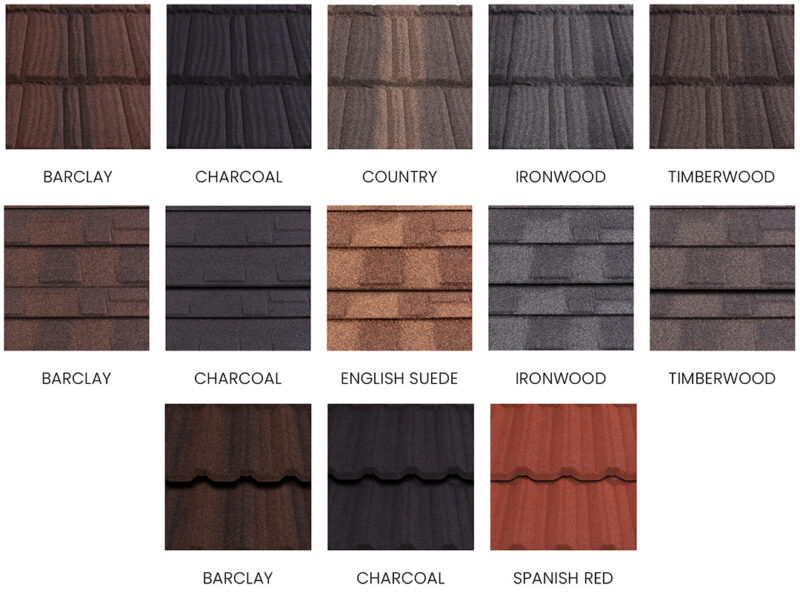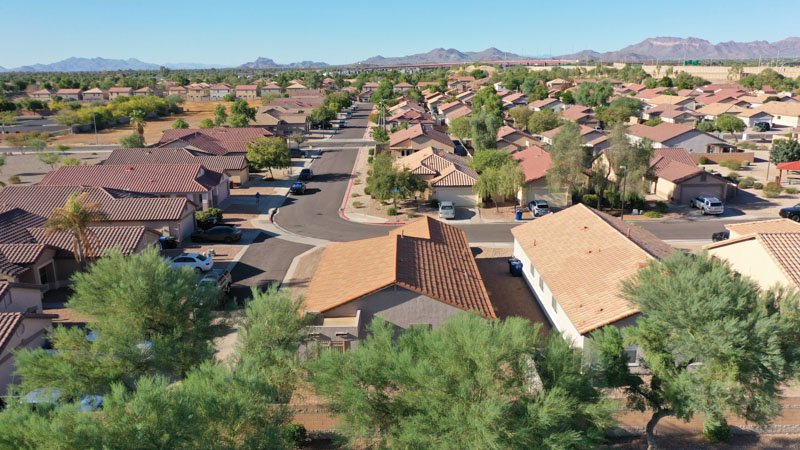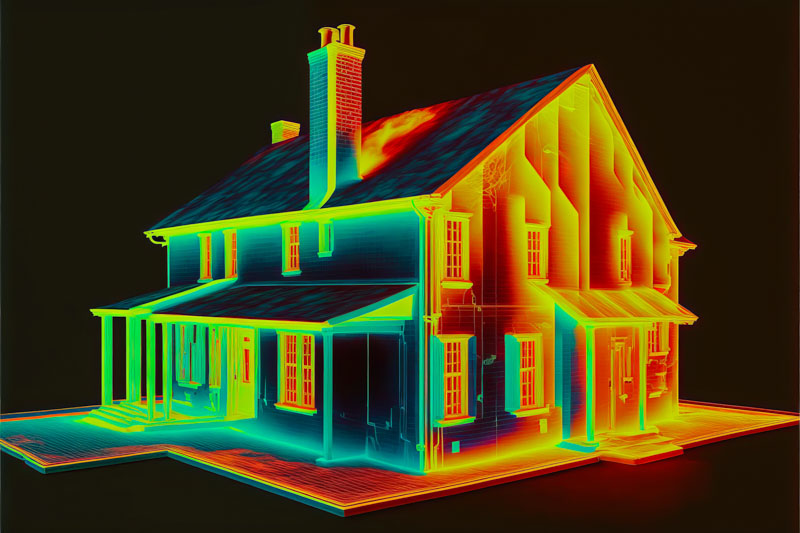If you’re currently planning to install a new roof on your home, there’s a variety of factors to take into account. For many homeowners, energy efficiency is a strong consideration when considering any home improvement. After all, the last thing you want is for your new roof to lead to higher energy bills, when this is such an avoidable predicament.
This is just one of many reasons to consider choosing a metal roof over traditional roofing materials. By selecting a metal roofing system, you’ll be able to significantly improve the overall energy efficiency of your home during the warmer months of the year, when you’re already looking for ways to bring down your air conditioning bill. A metal roof is able to reflect the light and heat from the sun, which can help to keep your home at a more consistent and comfortable temperature. This way, you won’t even be forced to crank up the air conditioning, which will only result in unnecessarily high energy costs.
Metal roofs do a great job at keeping your energy costs down in the summer months. While asphalt shingles are a budget-friendly option, a metal roof can save you money on your energy bill because it retains less heat.
However, even in this instance, not all metal roofs are created equal. The ability of your metal roof to retain or reflect heat is also dependent upon the covering material you choose to include, as well as the overall construction of the roof itself. So, how do you ensure that your metal roof is reflecting heat to its fullest possible potential? There are a few factors you’ll need to take into account. These include:
In This Article
The Color Choice

Believe it or not, color choice relates to more than just the overall aesthetic of your new roof. Sure, you may want to pick a particular color for reasons of appearance or aesthetic, but there are also practical concerns to take into account.
One of the upsides of metal roofing is the fact that it’s available in a wide variety of different colors and styles, depending on the homeowner and their preferences. And, at the end of the day, finishes aren’t the only factor to make an impact on the energy efficiency of your metal roof—color choice also plays a notable role.
The overall heat absorption of metal surfaces and materials is impacted by that surface’s color. Still, no matter the roofing material you choose for your home, darker colors are going to be more likely to absorb heat, compared to lighter-colored roofs. This rule applies to all roofing materials, including less energy efficient options.
While metal already has a significant advantage over other roofing materials when it comes to heat reflection, choosing a lighter colored metal roof can boost the energy savings, even further. When your metal roof is a lighter color, it’s going to be even more capable of reflecting heat from the sun, rather than absorbing it. This way, you can truly optimize the heat reflecting capabilities of your new metal roof.
Mass and Sun Exposure

The mass of your metal roof is another factor that contributes to its energy saving capabilities.
As we’ve established, when your roof receives more direct sunlight, it’s going to heat up. Naturally, during the daytime, your roof is going to be receiving the bulk of this sunlight. So, as the sun begins to set, the surface temperature of your roof is going to decrease as well. The temperature of your roof will drop, ideally, until it reaches the same temperature as the air around it.
When a roof is made of a heavier material with a greater mass, however, it takes longer for the temperature to decrease, even after it loses contact with direct sunlight. Meaning, when your roof is constructed of a more lightweight material, it’s going to lose heat far quicker than a bulkier roofing material. This will help prevent the transfer of heat from your roof into your home.
Fortunately, metal roofs are a considerably more lightweight material, compared to many other popular roofing materials. The lighter your metal roof, the quicker it’s going to be able to cool down once it’s no longer exposed to direct sunlight.
Invest in an Energy Efficient Metal Roof

So, if you’re still unsure of what material you’d like to choose for your brand-new roof, it’s important to pause and take energy efficiency into account. In the long run, when you have a truly energy efficient roof above your head, the savings are going to add up. Remember, when it comes to your new roof, make sure you’re thinking about the long term, not just the short term. Because, ideally, you’re going to have your new roof for many years to come.
Metal roofs are an especially energy efficient option, when it comes to popular roofing materials. When you make an investment in a metal roof, you can expect to see long term savings on energy bills.
